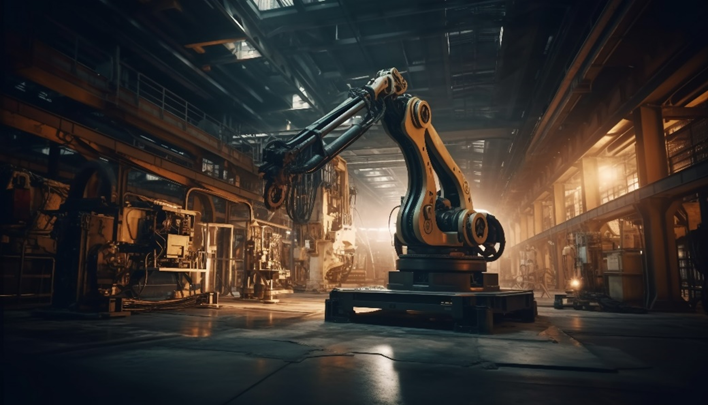
As we continue our journey through the history of technology and its impact on the automotive industry, we turn our attention to the Second Industrial Revolution – a pivotal era that propelled automation and manufacturing to new heights. This is the second installment in our three-part blog series exploring the revolutions that have shaped the evolution of the auto industry and paved the way for the innovations we witness today.
In our previous blog, we explored the remarkable First Industrial Revolution (late 18th – early 19th centuries) that kicked off the era of mechanization and steam power. But the story of automation was just getting started. Get ready to witness the next chapter – the Second Industrial Revolution (late 19th – early 20th centuries)!
One of the defining moments of the Second Industrial Revolution was the widespread adoption of electricity in factories in the 1870s-1880s. Imagine the impact of Thomas Edison’s incandescent light bulb, invented in 1879, which replaced those dim, hazardous gas lamps of the past. Factories could now operate around the clock, boosting productivity like never before.
But that’s not all! The development of electric motors was equally transformative, replacing those bulky, steam-powered engines that once drove machinery. These compact and efficient motors allowed for greater flexibility in machinery design and layout, increasing efficiency and safety within factories.
While the First Industrial Revolution set the stage for mechanized production, the Second took it to a whole new level with the concept of mass production in the early 1900s. Enter Henry Ford’s pioneering assembly line for automobile manufacturing, introduced in 1913.

By breaking down the manufacturing process into a sequential series of tasks, each worker could specialize in a specific step, streamlining the process and dramatically increasing output. This innovative approach allowed Ford to produce affordable cars for the masses, forever changing product design, production, and consumption.
The success of the assembly line quickly spread across various industries, driving down costs and making a wide range of products accessible to more people than ever before.
But the revolution didn’t stop at factories! Communication and transportation also saw significant advancements in the mid-late 1800s. The telegraph (1830s) and telephone (1876) revolutionized long-distance communication, enabling efficient business operations.
Meanwhile, improvements in transportation like expanded railroads and efficient steam ships facilitated unprecedented movement of goods and people. These advancements fostered economic growth and globalized trade across continents.
The Second Industrial Revolution had a profound and transformative impact on the automotive industry. This era ushered in a new age of mass production and affordability for automobiles. Henry Ford’s pioneering assembly line revolutionized automobile manufacturing, enabling the production of cars on a massive scale and at a price point accessible to the masses. This innovative approach not only transformed the industry but also reshaped consumer expectations and buying habits, making automobiles a viable mode of transportation for the general public.
Furthermore, the advancements in communication and transportation during the Second Industrial Revolution facilitated the growth and expansion of the automotive industry. Improved railways and shipping routes allowed for the efficient distribution of automobiles and their components across vast distances, fostering global trade and market reach for automakers.
The combination of mass production techniques, such as the assembly line, and improved transportation infrastructure laid the foundation for the automotive industry to flourish. Cars transitioned from a luxury item to an integral part of modern life, driving economic growth and shaping transportation patterns on a global scale.
The Second Industrial Revolution was a transformative period that built upon the First. From factory electrification to mass production and transportation/communication advancements in the late 1800s – early 1900s, this era leaped forward in automation and industrialization.
These innovations reshaped industries, created new jobs, but also disrupted traditions. As we approach the Digital Revolution, we trace roots back to the Second Industrial Revolution’s groundbreaking automation achievements that set the modern stage.
Speaking of the Digital Revolution, get ready for our next installment exploring this era (late 20th century – present) that has redefined automation. From seamless cross-industry integration to transcending geography, the Digital Revolution has taken automation to new heights!
Stay tuned for cutting-edge tech, disruptive business models, and mind-bending innovations reshaping our world. The future of automation is here, and it’s thrilling!
